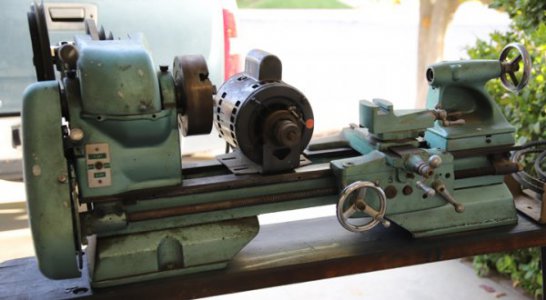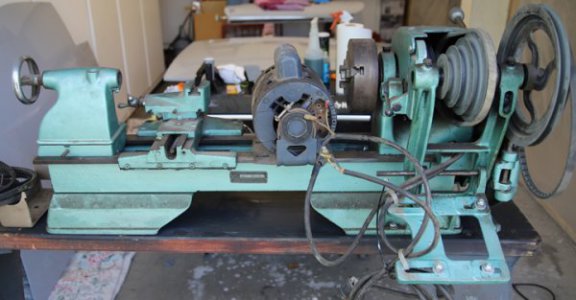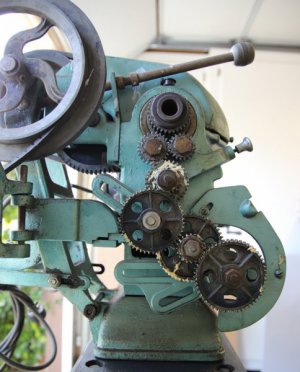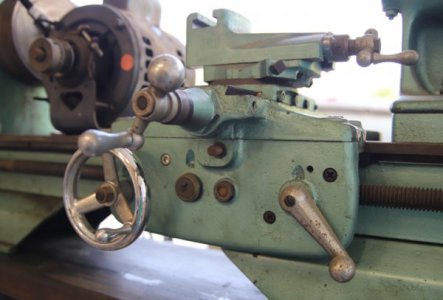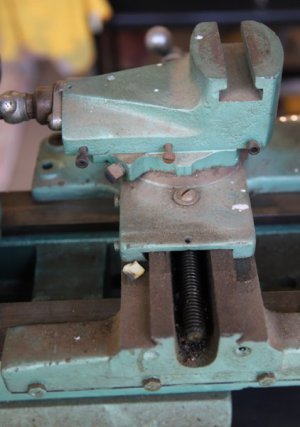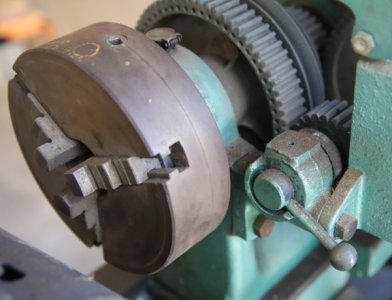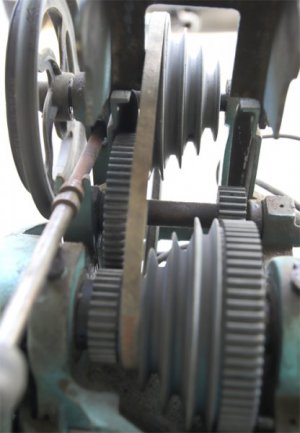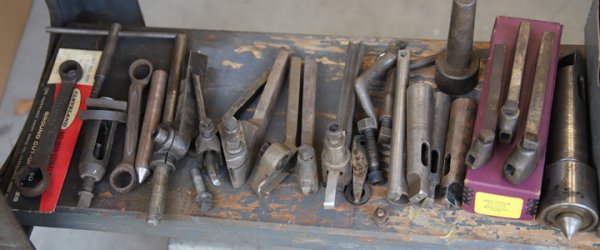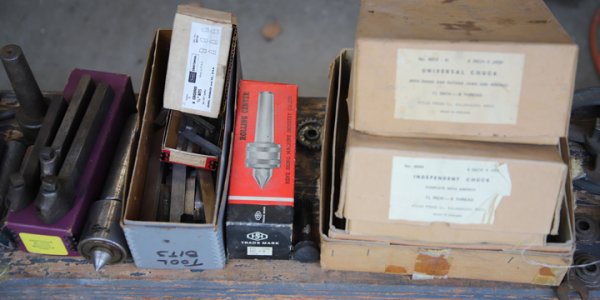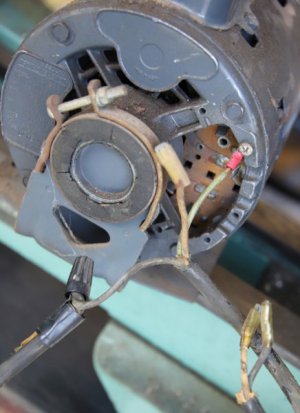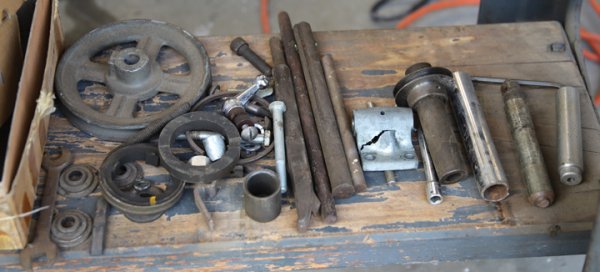- Joined
- Oct 17, 2018
- Messages
- 966
That lathe has not been used in a long time. There is no grease/oil on any of the gears. I would not run it for more than a minute or two without oiling the bearings. It does look to be in decent condition. If the paint is original it has not been used much due to a lack of what I would call worn spots in the paint. For $400 I would be there in a heartbeat and be standing first inline to look at it. Call the guy up and see if you can be the first to look it tomorrow morning. Not worth haggling on the price unless you find something really wrong with it when you look at it.
I blew up the picture and there appears to be a pull out nob on the cross slide.
This does seem like a good deal, but only if it has the 10 change gears that it needs. Are those hard to find/expensive? I think Clausing made this lathe, so do they have the parts for something this old?
I can't get there until later in the morning, but I emailed the seller to tell him that. It's not far; about 30 minutes away.

